
Internal Medicine
Dengue Fever Can Be Devastating
admin Oct 11, 2023
 Dengue is caused after the bite of a specific type of mosquito which preferentially attacks during the day.
The usual Signs and Symptoms are:
High fever (3-7 days).
Intense headache.
Painful joints and muscles.
Pain behind eyes.
Often a rash which may appear as fever reduces.
Dangerous complications that can occur are hemorrhagic or shock syndrome.
Dengue Fever Treatment:
No specific treatment – no curative drug is available.
Take complete rest
Drink plenty of fluids orally
Use paracetamol only
Do not use aspirin (salicyclic acid), ibuprofen or nimesulide to bring down fever.
Closely WATCH for bleeding from any site
Rush to hospital:
Dengue is caused after the bite of a specific type of mosquito which preferentially attacks during the day.
The usual Signs and Symptoms are:
High fever (3-7 days).
Intense headache.
Painful joints and muscles.
Pain behind eyes.
Often a rash which may appear as fever reduces.
Dangerous complications that can occur are hemorrhagic or shock syndrome.
Dengue Fever Treatment:
No specific treatment – no curative drug is available.
Take complete rest
Drink plenty of fluids orally
Use paracetamol only
Do not use aspirin (salicyclic acid), ibuprofen or nimesulide to bring down fever.
Closely WATCH for bleeding from any site
Rush to hospital:
- if fever is high grade and not settling
- persisting vomiting or severe abdominal pain
- immense lethargy or restlessness
- or if any of the following signs appear
- Blood spots under the skin (petechiae).
- Bleeding from gums.
- Nose bleeding (epistaxis).
- Vomiting blood (hematemesis)
- low Blood Pressure
- Alarming Laboratory parameters include
- Increase in HCT concurrent with rapid decrease in platelet count
- Co-existing conditions
- Pregnancy
- Diabetes mellitus, hypertension,
- Peptic ulcer, haemolitic anemias and others
- Effective Mosquito Control by not allowing water to stagnate anywhere around
- Wear full sleeve clothes
- Use of Mosquito repellant creams when outdoors during daytime.
- Get Flywire/screening fixed on doors and windows.
- Use insecticides regularly especially in the morning hours – behind & underneath the furniture, curtains etc.







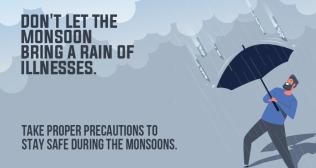
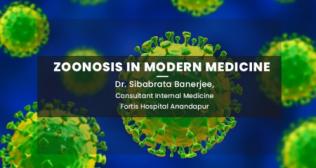
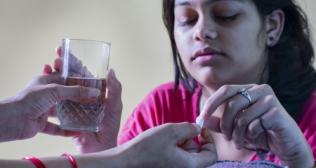
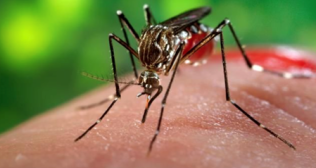
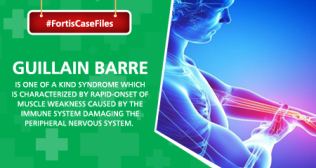



}}drupal-data/images/blog-lists.png)


